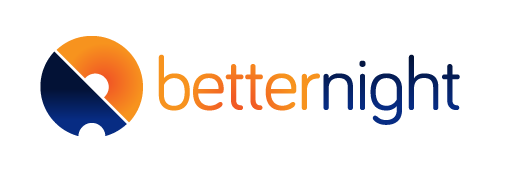Drowsy Driving: Dangers, Causes and Prevention
Drowsy driving is a serious public health issue responsible for an estimated 100,000 crashes and 6400 deaths each year, according to the AAA Foundation for Traffic Safety and the National Highway Traffic Administration. Drowsy Driving Prevention Week (November 5-11, 2023) reminds us that drowsy driving is impaired driving and reinforces the importance of diagnosing the cause of excessive daytime sleepiness with your patients.
Drowsy Driving is Distracted Driving
While falling asleep at the wheel is dangerous, there are also risks associated with drowsy driving. If you are tired while driving, your reaction time is significantly reduced. We’ve all had moments where we’ve had to brake or swerve to avoid an accident suddenly. Focusing on the road and quickly making decisions becomes more difficult when driving drowsy.
Fatigue or EDS?
Because of its serious safety considerations, discussing your patients’ drowsiness is the first step in determining if they have fatigue or Excessive Daytime Sleepiness. EDS is an actual designation defined by the inability to stay awake during the day combined with a lack of mental clarity and focus. While shift workers, drivers ages 16-25, and long-haul drivers are at the greatest risk for drowsy driving, most people can relate to being distracted and missing an exit or nodding off while driving. A National Sleep Foundation poll found that half of all drivers have driven while drowsy and a sobering 30% have fallen asleep while driving.
The Signs of Drowsy Driving
There are clear warning signs associated with drowsy driving, including yawning and frequent blinking. Other common indicators include forgetting the miles you have just driven, drifting into another lane, and driving over the rumble strip on the side of the road.
Sleep Apnea and Drowsy Driving
A variety of factors cause drowsy driving. Alcohol impairs judgment and also increases drowsiness, certain medications should not be taken when driving, and there are sleep disorders associated with drowsy driving.
Obstructive sleep apnea is one of the most common sleep disorders, yet it remains one of the most underdiagnosed. Sleep apnea is characterized by breathing that stops and starts repeatedly throughout the night. As a result, people with sleep apnea suffer from daytime sleepiness and a lack of mental acuity. If your patients complain of excessive daytime sleepiness, even when they believe they’ve slept well, are irritable, and suffer from “brain fog” during the day, it is vital to test for obstructive sleep apnea as these symptoms could contribute to drowsy driving and put your patients and others on the road at risk.
An Ounce of Prevention
The good news is that drowsy driving is preventable. If your patients test positive for sleep apnea, Continuous Positive Airway Pressure therapy, better known as CPAP, will usually be their first treatment option. CPAP machines work by pressurizing and filtering the air and delivering it through a hose and mask that they wear on their face while sleeping. CPAP keeps airways open and improves breathing quality, which results in deeper, more restful sleep. Treating sleep apnea reduces excessive daily sleepiness and returns mental acuity, which makes for safer drivers on the road.
In addition to following treatment protocol, practicing good sleep hygiene can reduce drowsy driving. If your patients develop and maintain healthy sleep habits, they can get the best sleep possible and avoid drowsy driving. Even small steps like going to bed and waking up at the same time every day, keeping the bedroom cool, and staying off computers and cell phones before bed can make a difference in their sleep quality.
Telehealth Offers a Patient-Centric Solution
If your sleep apnea patients are getting lost in the current sleep health system, new telehealth options bridge the gaps between all providers involved in the diagnosis, care and treatment of sleep apnea.
BetterNight offers a convenient and flexible solution for screening, diagnosing and treating sleep apnea, all from the comforts of home. Your patients will be supported by a network of over 300 sleep industry professionals who offer counseling and support throughout their sleep care journey.
For more information on how you can experience the efficiencies of telehealth for your sleep apnea patients, visit betternight.com.

